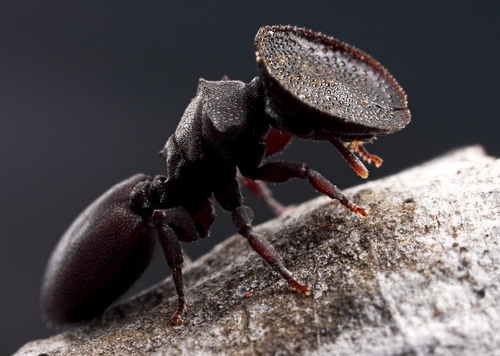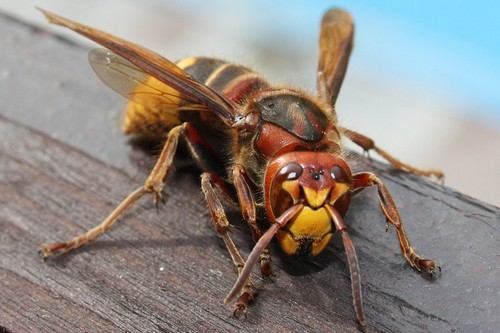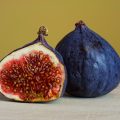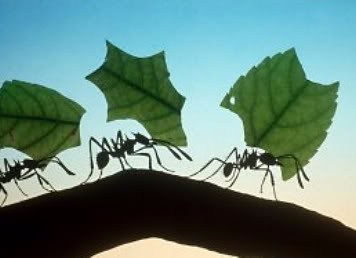
These are Leafcutter Ants, a name given to over 47 species of ant which are native to the tropical rainforests of South America.
They cut up leaves and carry bits of them back to their nest, the obvious reason for this might be that they eat the leaves, but what actually happens is a bit more interesting.
The leaves are brought back to the nest to feed a type of fungus which grows in their nest. They feed the leaves to the fungus to help it grow and then eat the fungus instead!
This is a form of symbiosis called mutualism (a mutually beneficial relationship between two species), the ants help the fungus to grow by providing it with leaves, the fungus then turns the leaves into a more appetising form, swelling with sugars, carbohydrates and proteins.
Leaf-cutter ants are not the only species of ant that has developed this type of relationship, there are thought to be over 200 fungus-growing ant species on the planet. This relationship is said to have been established over 50-66 million years ago, making it one of the oldest (and most likely the first) example of farming on the planet.
Some species of Ant also farm aphids. They protect the aphids on the plants that they eat fending off any would-be predators, the aphids then secrete a type of honeydew which the ants eat. The ants can ‘milk’ the aphids by stroking them with their antennae to make them release the honeydew.
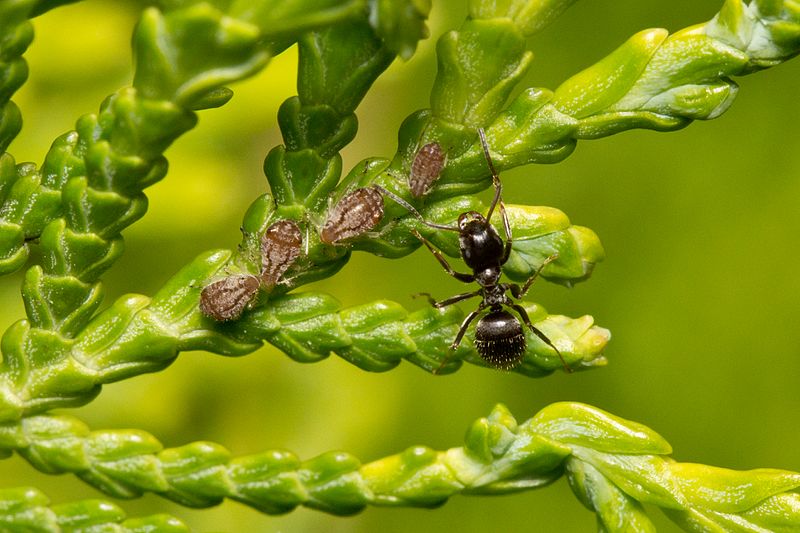
The relationship goes further with ants storing the aphids eggs safely in their nest until they are hatched and then carry them back to the plants to grow. Ants have also been known to inhibit the aphids from straying too far from the colony through certain chemicals they secrete.
Further Reading
- http://phenomena.nationalgeographic.com/2012/12/27/how-leafcutter-ants-evolved-from-farmers-into-cows/
- http://www.smithsonianmag.com/smithsonian-institution/were-ants-worlds-first-farmers-180959840/
- https://en.wikipedia.org/wiki/Ant%E2%80%93fungus_mutualism
- https://en.wikipedia.org/wiki/Aphid#Ant_mutualism

